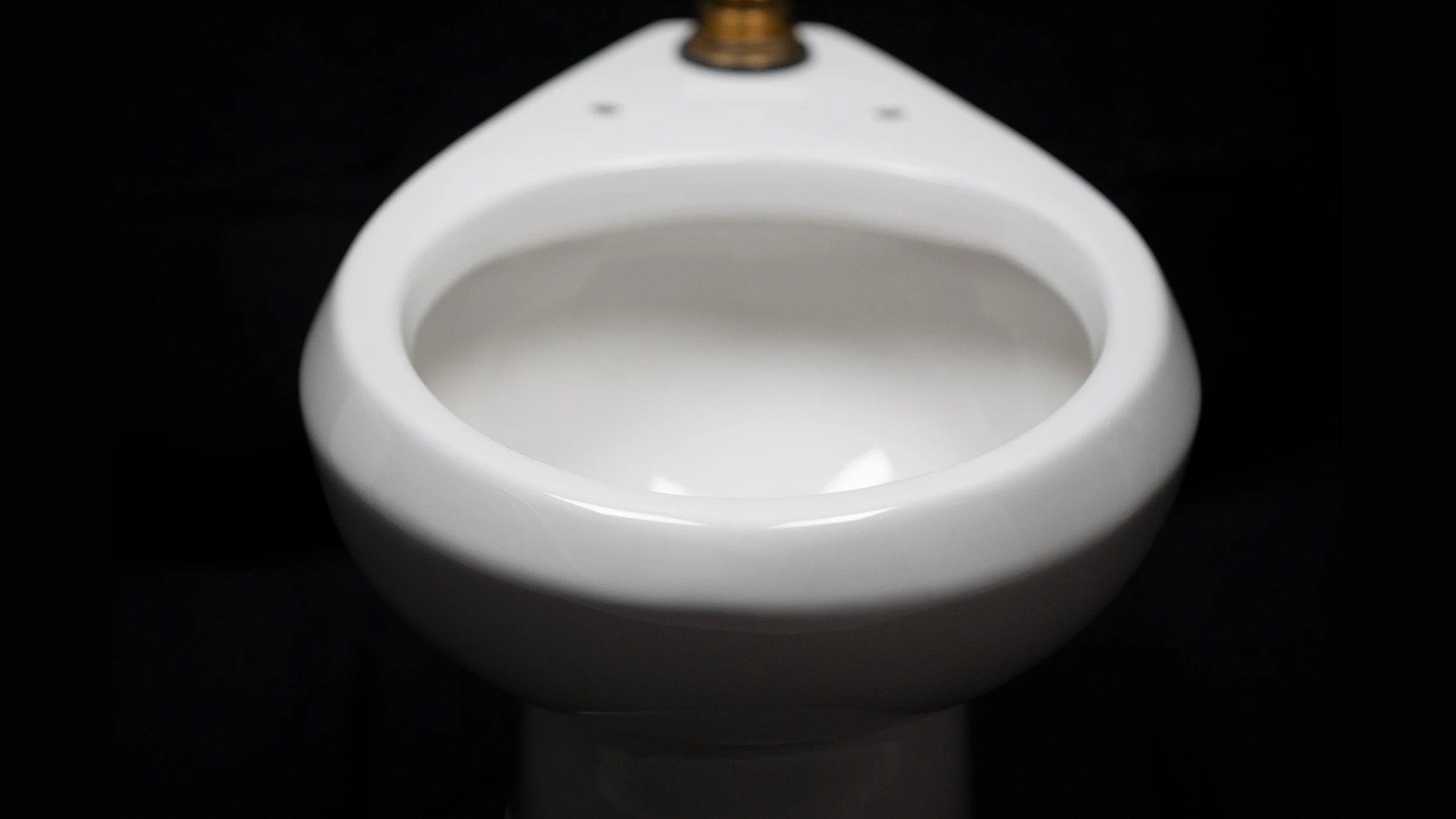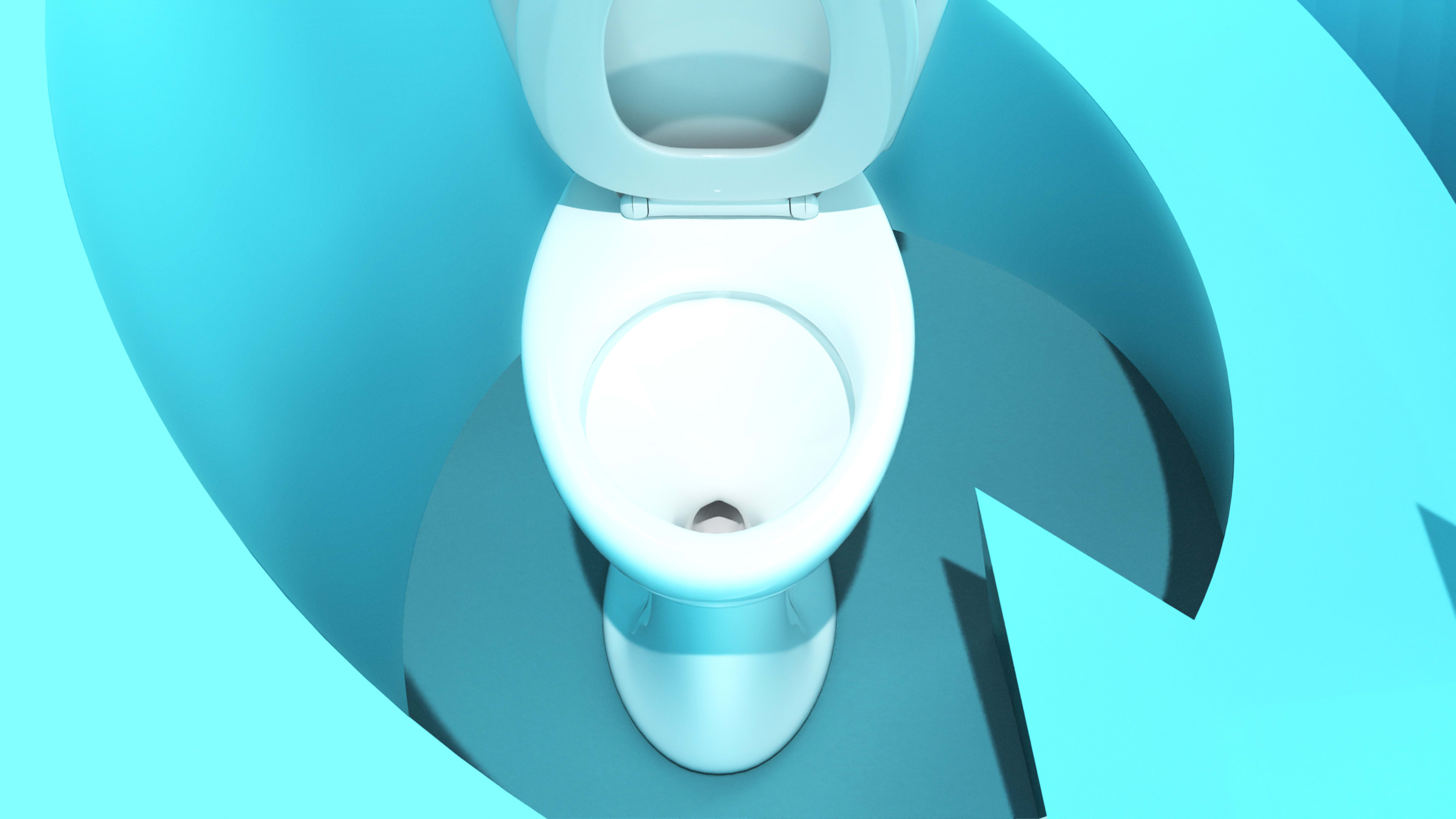In a single day, more than 141 billion liters of water is used to flush toilets—and even in places prone to drought, it’s typically clean drinking water. What if you didn’t have to use as much water to flush what you put in them? Don’t be squeamish: New tech from researchers at Penn State is designed to make toilets so slippery that they’re essentially self-cleaning, cutting water use in half in the process.
The design is inspired by nature: the super-slippery pitcher plant, a carnivorous plant, has a rough surface that becomes lubricated when it rains, so insects slide inside to be digested. “It’s this combination of the water and the micro-scale roughness that causes the surface to become so slippery,” says Tak-Sing Wong, an associate professor of mechanical engineering and biomedical engineering and one of the authors of a new paper about the technology published today in Nature Sustainability.

Like the plant, the design uses two separate coatings, which create a combination of roughness and lubrication. When the coating is sprayed on a surface, like a ceramic toilet bowl, it covers the surface in nano-scale polymer “hairs”—100,000 times thinner than human hair—that permanently attach to the surface. A second spray coats the microscopic hairs with lubrication. In lab tests with synthetic poop, the researchers watched as the waste slid effortlessly off the surface of a toilet bowl, even though poop normally sticks to toilets, requiring large amounts of water to flush it away. The coating also repels bacteria.
Toilets still need to use water to flush waste through pipes. But the invention can cut the use of water in half. A new startup called Spotless Materials just launched to bring it to market. The coating can be applied to a toilet in five minutes—and requires just one coating, not the two that were used in the initial testing. After that, if consumers have a dual-flush toilet, they can stop using the option for a bigger flush. Others who find that they need much less water to get everything down could hack a low-volume flush by placing water bottles in the tank to displace water. The team also plans to work with toilet manufacturers to sell new toilets with the coating.
They may also work with companies working on off-grid toilets for the developing world; the researchers first began exploring the application for toilets when they were approached by a team from the Gates Foundation’s Reinvent the Toilet Challenge, which explored ways to improve sanitation in places without plumbing.
The coating can also be used to make other items self-cleaning, from sinks and windows to wind turbine blades, which generate less energy when they become coated in dead bugs. It could also be used to prevent ice from sticking to airplane wings, or to help makeup flow more easily from bottles. “Sticky problems are really everywhere,” says Wong.
Recognize your brand’s excellence by applying to this year’s Brands That Matter Awards before the early-rate deadline, May 3.
